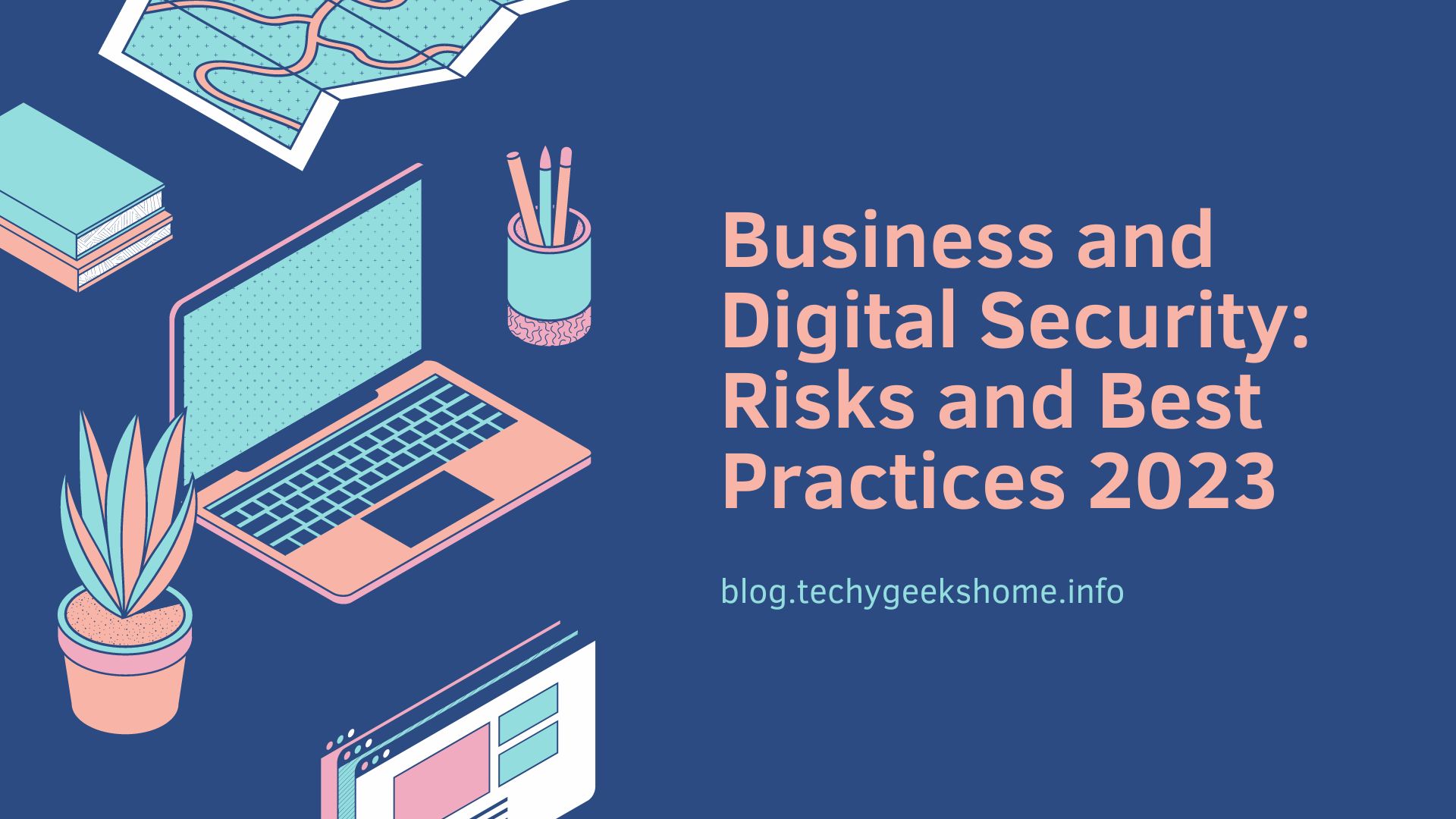Much of the business world has grown to new levels of success and value over the last couple of decades, and it’s largely due to advances in technology. Pretty much every single industry relies on technology in 2023. This isn’t necessarily a bad move, but it opens the door to so many security threats with the potential to devastate businesses and customers. With this in mind, we take a look at common security risks and best practices in 2023.
AI and ML
AI (artificial intelligence) and ML (machine learning) have been making waves in the business world and the mainstream over recent years. Despite offering businesses the ability to provide greater customer service, make informed decisions, and so much more, AI and ML can be compromised and tricked into acting maliciously, which can leave data in a vulnerable position. It’s important for businesses to consistently audit and monitor infrastructures to make sure there’s no evidence of malicious activity, data breaches, or other dangerous misuse.
Cloud Infrastructures
Many businesses in 2023 rely on cloud storage and other services, as it’s much more efficient and cheaper than operating everything in-house. However, with so much data floating around in the ether and a heavy reliance on third-party businesses, there’s plenty of opportunity for cybercriminals to gain access.
Keeping cloud infrastructures secure involves activity monitoring, encryption, multi-layered security, authentication tactics, and risk management. Additionally, it’s a good idea to have a competent team member with suitable information assurance technician training. These tech-savvy individuals are experts at safeguarding networks and protecting information from security threats.
IoT Security
Internet of Things (IoT) devices have made their way into almost every single home and business, and their uses have become irreplaceable. For example, in healthcare, IoT devices have the power to track patient health remotely, administer medications, and so much more. However, considering how data-hungry every IoT device is, there’s no surprise that cyber threats lurk around every corner.
To ensure IoT systems stay safe, businesses can follow these best practices:
- Data protection. Information collected by devices must be protected through encryption, access control, and strict policies on data retention.
- Network security. Threat detection software, firewalls, and other relevant systems help to protect IoT from lingering malicious intent.
- Device security. Every IoT device needs to be encrypted with a solid password, as well as being updated regularly.
Access Control
Identity and access management (IAM) means having control over who can use a platform or app. For example, entry-level employees won’t need to have the same level of access to backend systems as members of management. If unreliable employees have access to vital digital systems, they can sabotage everything from the inside.
Creating policies around user role definitions and access is one of the best ways to control access, as well as consistently monitoring and auditing networks. Additionally, implementing 2FA (two-factor authentication) gives an extra layer of control.
Information security risks aren’t going anywhere, so businesses need to adopt security best practices now, and then continue to evolve as technology changes.
Discover more from TechyGeeksHome
Subscribe to get the latest posts sent to your email.

